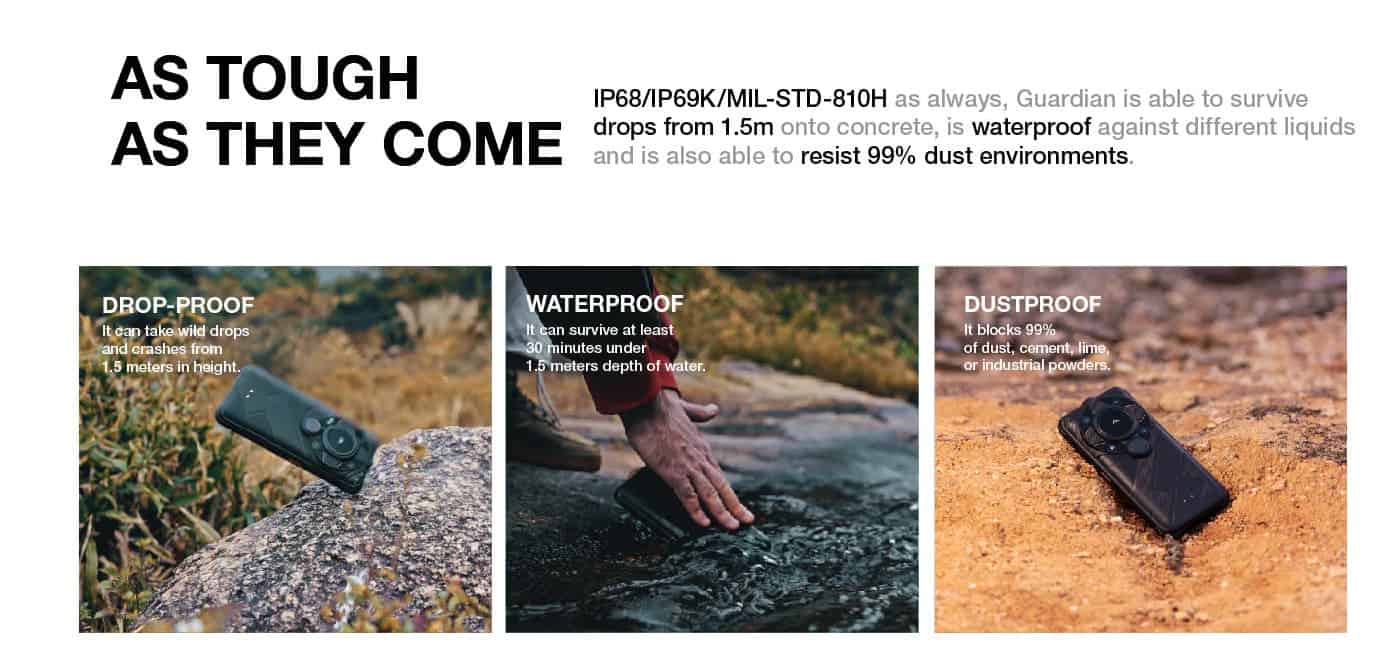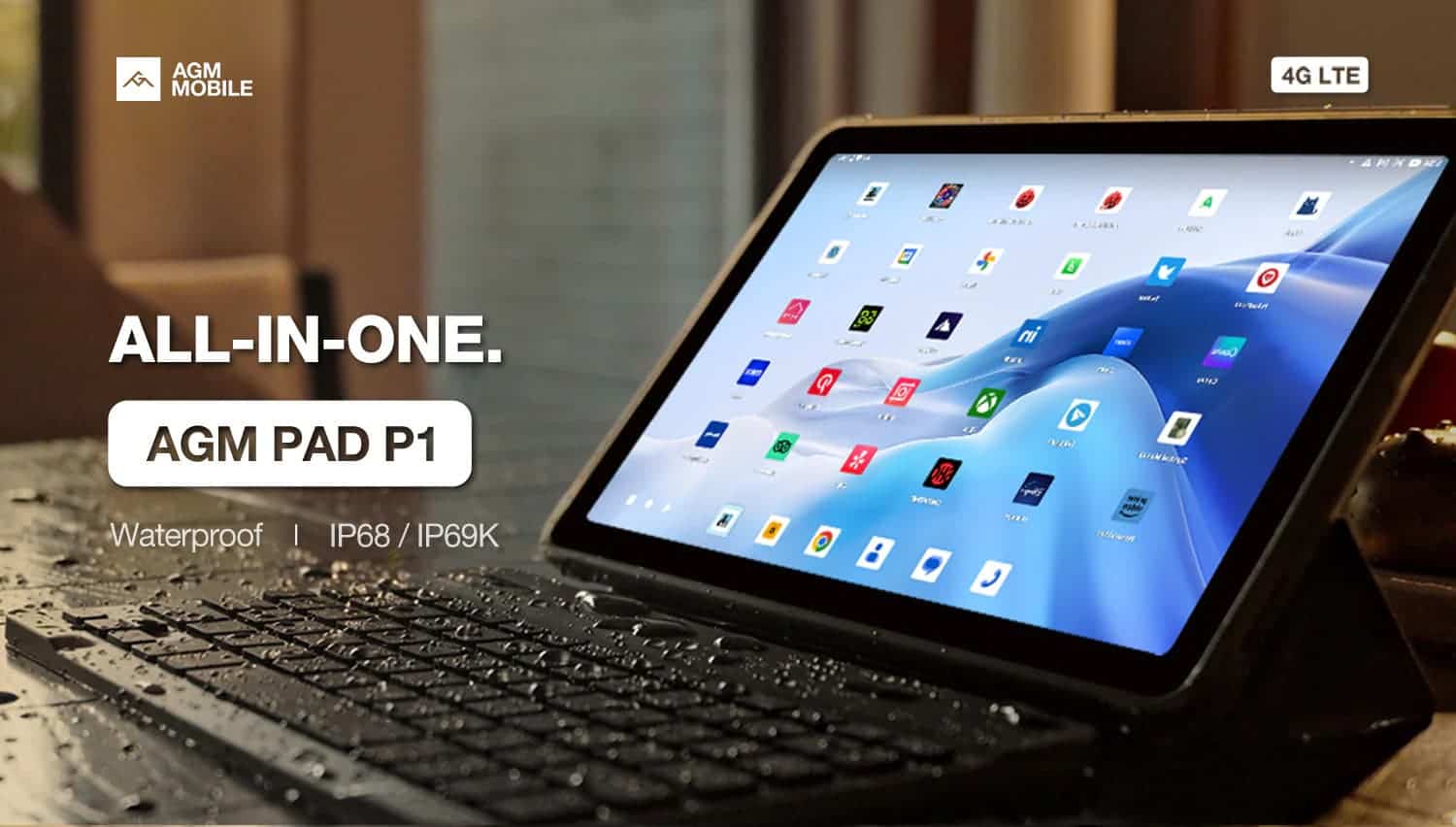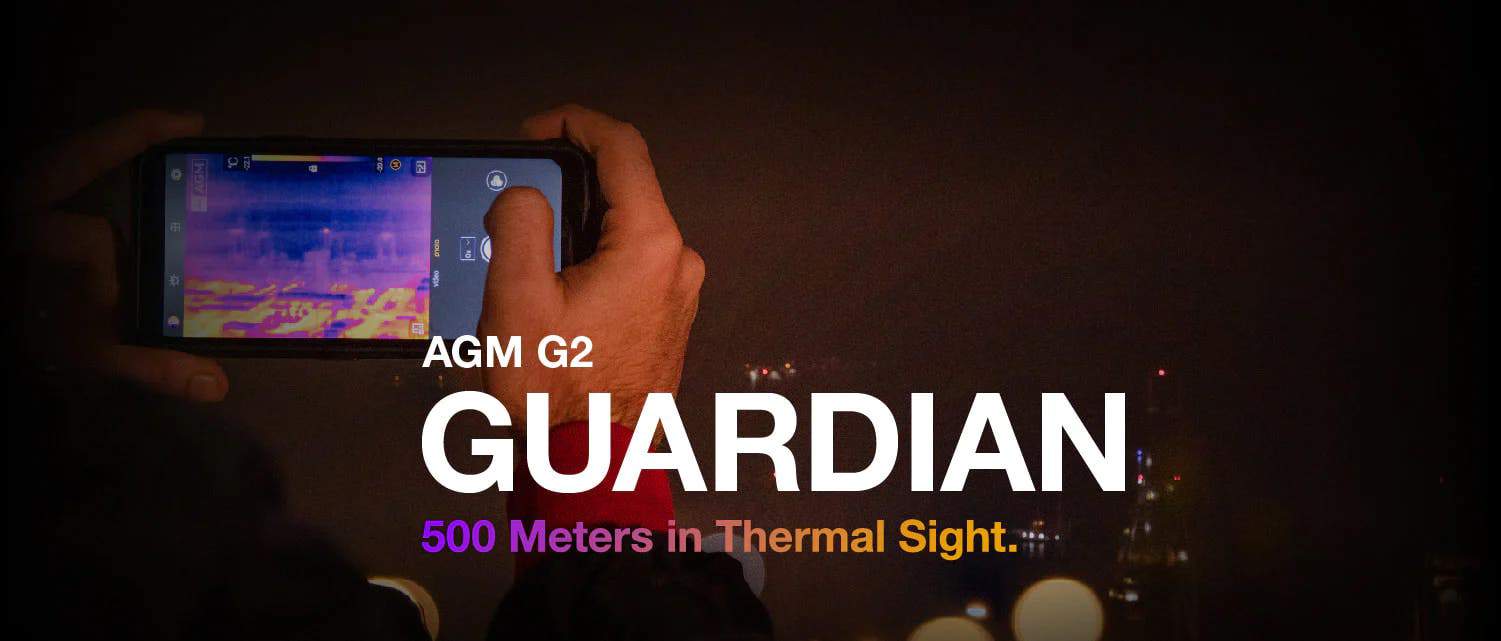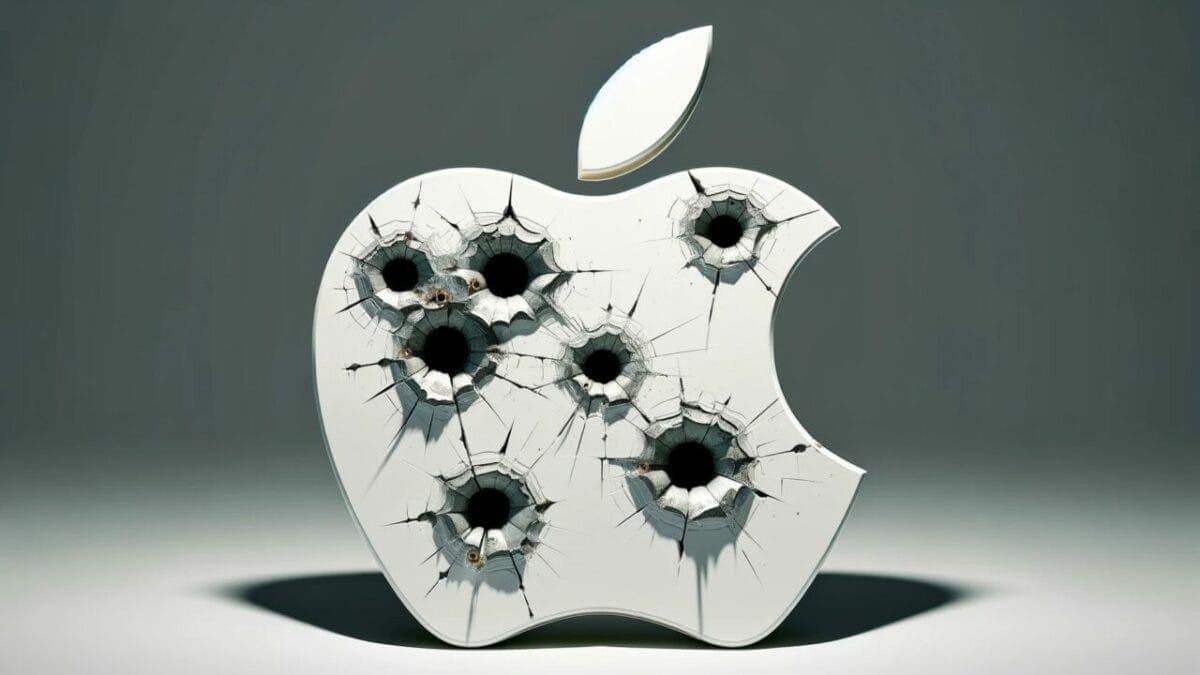In an interview with Hughes Lau, Marketing Director at AGM Mobile, we are entering the world of rugged devices. We wanted to explore the exciting possibilities of emerging technologies, the company’s commitment to consumer needs, and its unique approach to defining and demonstrating uncompromising quality. And here’s how our interview went:
What emerging technologies are you most excited about for future AGM devices and how will they address the changing needs of the outdoors?
“New technologies coming from manufacturing will definitely make a big difference in future products. In fact, right now the main complaint about rugged devices is that they’re too bulky and heavy. This problem is corrected in two aspects. First, electronic components are getting smaller and smaller. Second, the new machine allows us to create thinner and lighter frames while maintaining a high level of strength. In this way, future AGM devices will be much more portable and used on a daily basis rather than being a special occasion tool.
What methods do you use to stay ahead of emerging trends and consumer needs in the tough mobile market?
“We are innovators at our core. We were the first company to create a rugged smartphone, and since then we’ve continued to bring new technologies to market, such as the Arctic battery or, more recently, the first long-range thermal detection in a smartphone. We stay ahead because we are willing to take risks. Like Apple did with the iPhone or the Apple Watch, we bring great technology to users to make their lives more exciting.”

How do you define “healthy” in the context of your products? Are there specific endurance standards you strive to surpass?
“It has industry standards: IP68, IP69K and MIL-STD-810H, which make your device waterproof, dustproof and dropproof. At AGM, however, we aim to go beyond this. For example, the military standard 810H (MIL-STD-810H) guarantees resistance to a drop of 1.8 meters. For our newest device, the H6, we increased it by 30%. Pushing boundaries and continuous improvement are core values at AGM Mobile.”

Many companies claim “uncompromising quality”. How does AGM define and demonstrate this, especially with specific use cases in mind?
“Making quality products is really important to us. We are confident in what we do and are not afraid to put our devices to extreme tests. A few months ago we did the H6 Community Challenge where fans could make suggestions on how to test the durability of the AGM H6. We threw the phone off a bridge, set it on fire, used it to drive nails into a tree, cracked nuts with the screen and many more fun videos you can see at Youtube. Apart from a few scratches here and there, the AGM H6 survived and was fully functional. This is how we demonstrate our quality.”
Gizchina News of the week

AGM encourages the acceptance of “personal and professional”. How do your products cater to this diverse user base, ensuring inclusivity?
“Our goal is to make all-in-one devices. We believe that rugged smartphones are better than normal smartphones in the sense that they can be used in all situations at all times. Sleek enough to use in the office and be your primary device, but strong enough to be used in harsh environments or at the beach. While a normal smartphone is limited, a rugged device is always ready for an adventure.”
In a niche market like yours, how do you balance serving your core consumer base with attracting new segments without compromising your brand identity?
“After more than ten years of focusing on rugged devices, we made the decision last year to create a rugged line of smartphones and tablets. Although it is not robust, we still offer special features. For example, our PAD P1 looks like a normal tablet but is 100% waterproof. This is a kind of hybrid between rugged and ordinary devices. Our core business remains; that’s our identity, but why not offer AGM quality at a more affordable price if we can?’

Rugged smartphones face a delicate balance between features and durability. How do you prioritize these aspects during product development? How do you deal with your devices’ potential trade-offs between size, weight, and battery life, especially given different user needs?
“While I said earlier that electronic components are getting smaller and smaller, a person who wants a smartphone with thermal vision and a huge battery will have to compromise on size and weight. There is no magic; we need to frame the components. However, I believe that future rugged devices will be as thin as regular smartphones while offering more features, and we are certainly working on that at AGM Mobile.”

AGM was born out of a desire to disrupt. What current industry trends or gaps do you see as potential future opportunities for disruption?
“Flip smartphones are certainly becoming more popular and we have yet to see a rugged one. I would love for AGM Mobile to be the first company to bring such a product to market.
Another important change in the industry is the ability to repair. I believe this will be a key aspect of all future electronics in this decade. With environmental care, we need products that are durable and easy to fix. The average lifespan of a smartphone today is about 2.5 years. At AGM Mobile, we want to double that number and are working hard to do so.”
Beyond Durability: An Interview with AGM Mobile on the Future of Rugged Devices






![[Full Guide] How to fix an iPhone stuck in a boot loop](https://www.gizchina.com/wp-content/uploads/images/2024/05/iphone-stuck-in-boot-loop.jpg)